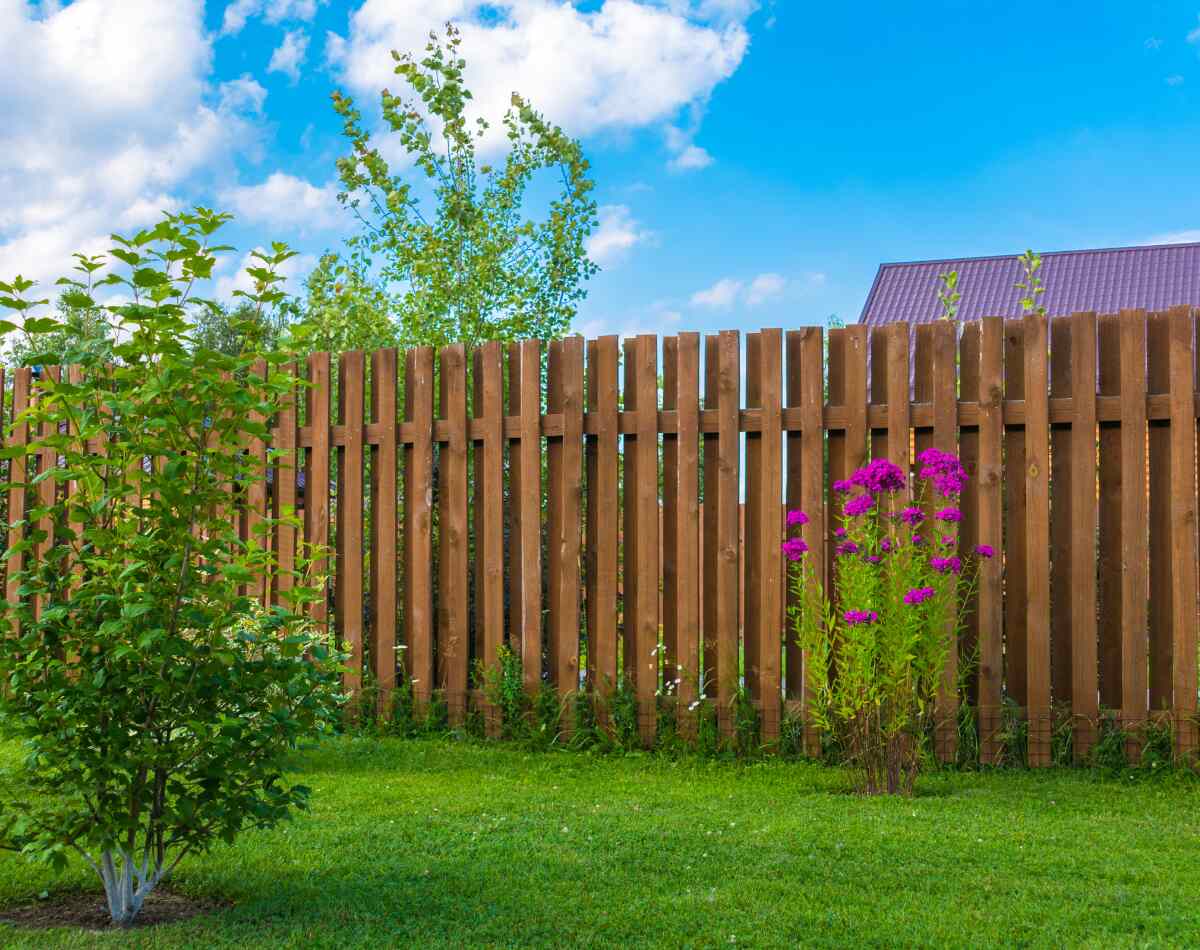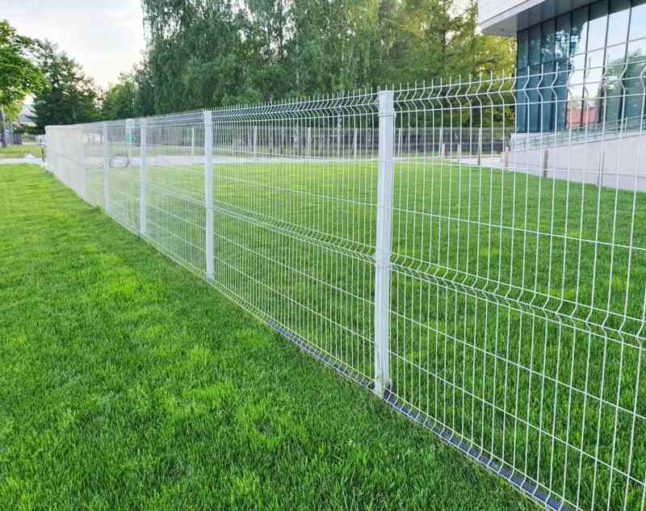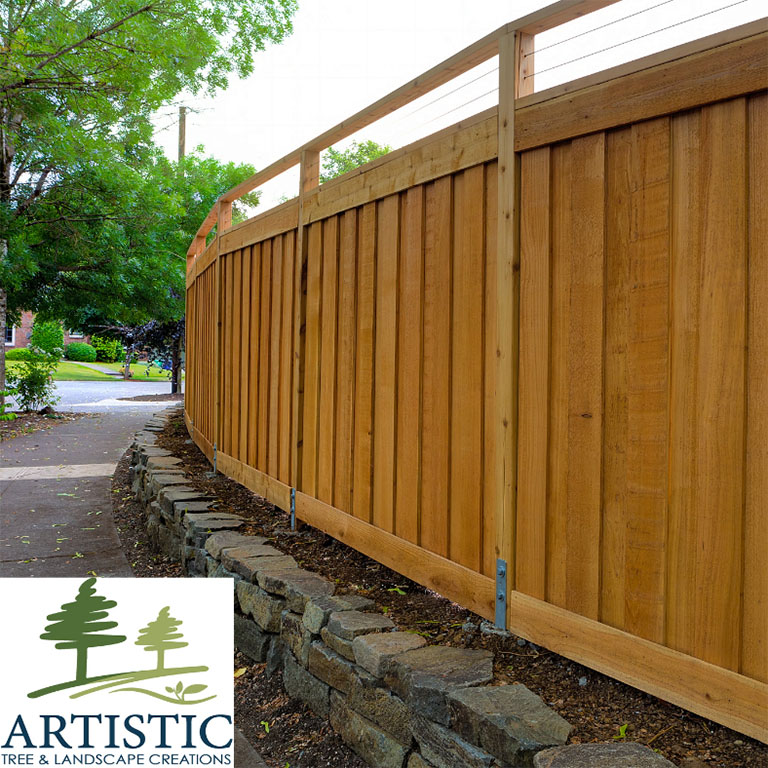Featured

As home owners and companies alike end up being much more eco conscious, finding eco-friendly and lasting fence materials is a vital factor to consider. Whether you're seeking to develop a fencing for privacy, protection, or visual allure, choosing materials that decrease your ecological impact can aid protect the earth. In this article, we will explore a number of eco-friendly fence options, each offering unique benefits for your home and the atmosphere.
- Bamboo Secure Fencing: A Renewable Energy. Bamboo is widely recognized as one of the most lasting and eco-friendly fencing materials readily available today. As a yard as opposed to a tree, bamboo expands promptly and can reach complete maturity in just 3 to 5 years, making it an extremely renewable source.
Environmental Benefits: Bamboo takes in more co2 than lots of other plants, aiding counter greenhouse gases. Furthermore, bamboo needs very little chemicals and fertilizers, making it a much healthier alternative for the environment. Resilience: Correctly dealt with bamboo is immune to parasites and dampness, meaning it can endure the aspects better than other timber choices. Aesthetic Allure: Bamboo offers a tidy, modern appearance that works well with different landscape design designs, from exotic gardens to modern urban layouts. While bamboo fencing is resilient, it does require proper care to keep its durability, such as routine cleaning and routine sealing.
- Recycled Wood Secure Fencing: Granting New Life to Old Products. Recycled wood is a superb green selection for those who desire the all-natural elegance of wood fence without adding to logging. This product is commonly sourced from old buildings, pallets, or other repurposed wood items, reducing the need for newly harvested lumber.

Environmental Advantages: Making use of redeemed wood helps in reducing the requirement to reduce brand-new trees and can also prevent important products from finishing up in land fills. Sturdiness: Depending upon the sort of wood and therapy it obtains, recycled timber fencings can be simply as sturdy as new timber, especially if preserved effectively with sealers and weatherproofing. Aesthetic Allure: Recycled timber fences carry a rustic charm and can be discolored or repainted to fit your individual style. The main factor to consider with recycled timber is its upkeep. Over time, wood can become prone to rot, insect damage, and weathering, so routine upkeep is essential to extend the life of your fence.
- Steel Fence: Long Lasting and Recyclable. Light weight aluminum and steel fencing, especially when sourced from recycled materials, supplies a strong, environment-friendly choice to conventional timber secure fencing. These steels are 100% recyclable, meaning they can be repurposed indefinitely without losing quality.

Environmental Advantages: Steels like aluminum and steel decrease the demand for new mining and basic material extraction, both of which have substantial environmental effects. Additionally, reusing metals requires much less energy compared to developing new metal from basic materials. Resilience: Steel fences are extremely strong, resistant to weathering, and require little maintenance contrasted to wood choices. Visual Appeal: Metal fencings can be made in smooth, modern-day designs, or more conventional looks, offering versatility for any building. While steel fencings are low-maintenance and sturdy, they are not as effective at supplying personal privacy contrasted to wood or vinyl options because of the spaces between the slats or bars.
- Living Fencings: All-natural and Environment-friendly. Living fences, made from dense bushes, bushes, or trees, offer a all-natural and eco-friendly option to typical fencing. Not just do they develop a personal privacy barrier, but they likewise add to the environment by sustaining wildlife and enhancing air quality.
Environmental Advantages: Living fencings absorb carbon dioxide, boost dirt high quality, and offer habitats for birds and other wild animals. In addition, they decrease noise air pollution and enhance air quality by filtering contaminants. Resilience: While living fences call for even more upkeep than other materials (e.g., trimming, watering), they can be incredibly durable if properly kept. Aesthetic Charm: Living fences develop a stunning, all-natural border that enhances the landscape and offers a distinct and organic appearance contrasted to standard fencing options. The crucial downside of living fences is that they require recurring maintenance and care, consisting of regular trimming and parasite control.
- Hemp Fencing: Strong and Lasting. Hemp is a fast-growing and sustainable plant that can be used to produce strong, green secure fencing. Hemp secure fencing is made from natural hemp fibers, which are durable, biodegradable, and immune to bugs.
Environmental Advantages: Hemp proliferates and requires little water or chemicals. It additionally assists withdraw carbon, reducing greenhouse gases in the ambience. When the fence is no more needed, hemp is naturally degradable and can be composted. Sturdiness: Hemp is normally immune to mold and mildew and bugs, which aids it withstand various weather condition problems and stay clear of making use of extreme chemicals. Sustainability: Hemp farming is much less resource-intensive contrasted to various other plants and aids keep dirt wellness through crop rotation. Hemp fences are a relatively new option on the marketplace, and they may not be as widely offered as various other materials. Additionally, they might not be as generally utilized for high-security applications.
Verdict: Choose Eco-Friendly Fence for a Sustainable Future. There are numerous environmentally friendly secure fencing materials to think about, each offering one-of-a-kind benefits for your building and the setting. Whether you pick bamboo, recycled timber, steel, living fences, or hemp, each alternative allows you to develop a lovely and practical limit while minimizing your ecological footprint. By selecting sustainable products, you add to a greener future and sustain the growing movement toward responsible construction and landscape design methods.
Latest Posts
Why Choose Ron Marhofer Hyundai for Your Funding Demands
Published Apr 20, 25
0 min read
Discover the Montclare Advantage - Reliable Auto Repair
Published Apr 20, 25
2 min read
Unlock Greater Revenues with WyHy Money Market Accounts
Published Apr 20, 25
1 min read